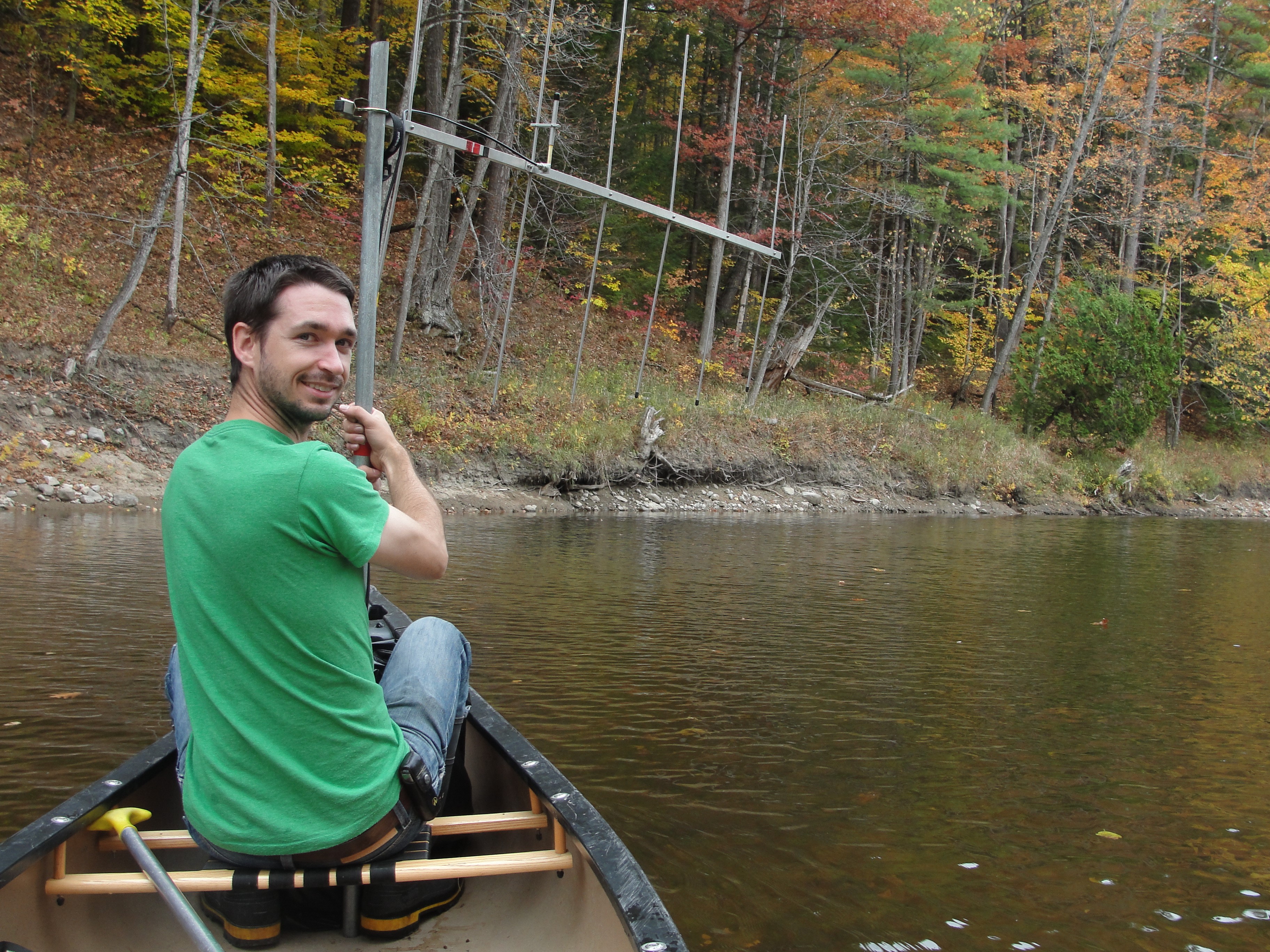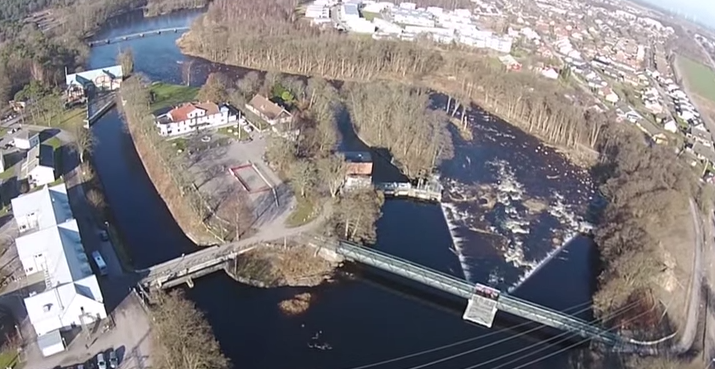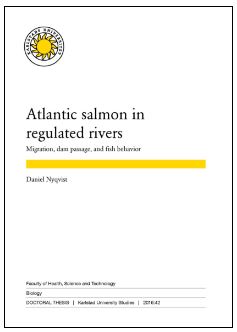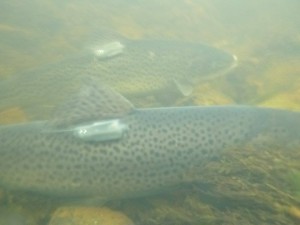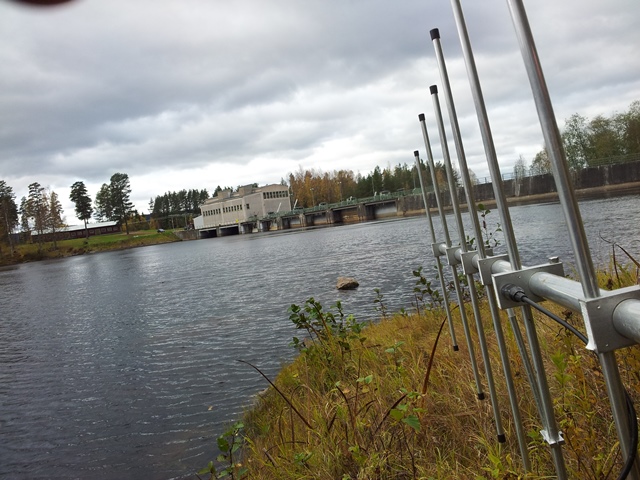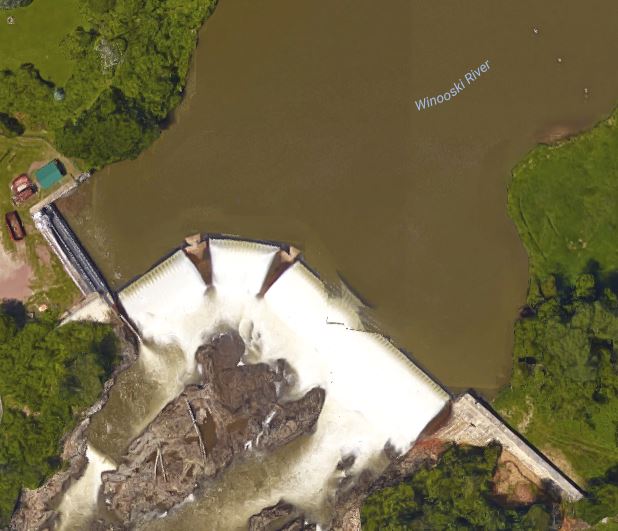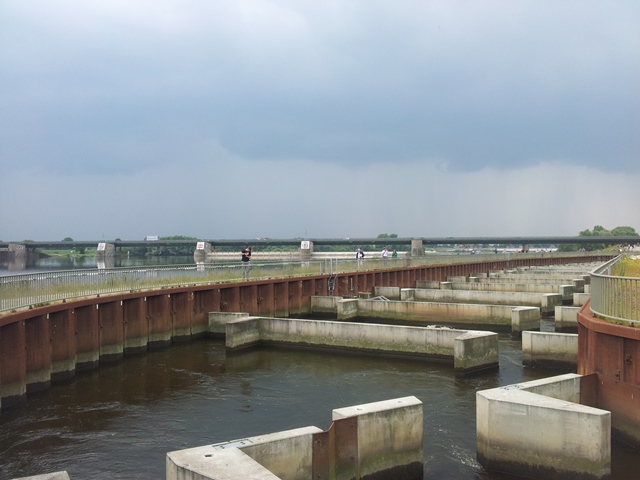Welcome to NRRV: Andrew Harbicht
Posted by Daniel Nyqvist | Naturresurs rinnande vattenAndrew Harbicht recently started a postdoc within the NRRV-research group at Karlstad University. Here he briefly presents his background and what he plans to do during his postdoc:
“Hello, my name is Andrew Harbicht and I’m one of the new Post-Docs to have joined the NRRV. My research experience has primarily been focused on salmonids (rainbow trout, brook charr, and Atlantic salmon) and extends from fisheries modeling to population genetics and radio telemetry. I moved to Karlstad from Montreal, Canada, where I conducted my Ph.D. at Concordia University, working together with the US Fish and Wildlife Service on Atlantic salmon restoration in Lake Champlain. During that time we investigated the impacts of hatchery rearing and release techniques on the lifetime survival and dispersal rates of landlocked salmon and investigated the impact of a thiamine deficiency on the migratory capabilities of returning spawners.
My work with this group will focus on the implications of migratory barriers for longitudinal connectivity among Atlantic salmon populations in the Baltic Sea. With the ever-increasing efficiency of new hydroelectric turbines and the costs associated with maintaining outdated installations, more and more energy producers are opting to remove older facilities to focus their efforts on newer structures. The removal of such aging dams and other barriers to migration within rivers is undoubtedly a positive step for river connectivity, though exactly what changes will occur as a result of such actions is simply unknown in many situations. In fact, over the short term, the removal of barriers can cause as many changes as initial installation. In other situations, maintaining instream infrastructure may be the best option available to energy producer. In which case, including structures that permit fish passage is important, but which type of structure is best suited to the job isn’t always clear. Where several options exist, managers need access to accurate information to assist in their decision-making process.
With my project, I’ll be looking at the impact of removing a partial barrier to migration on the movement patterns of Atlantic salmon, as well as the river ecosystem itself in the Mörrumsån river in southern Sweden. Our holistic approach will monitor all levels of the ecosystem, from the mechanisms that shape river terrain (sedimentation) to the smallest bacteria (decomposition) and the largest predators (fish), as well as all things in between (food-webs). I will also be investigating the genetic consequences of changes in movement patterns that result from the removal of a hydroelectric plant. In another river, the river Emån, we’ll be assessing the performance of a new type of fish lift, and Archimedes screw, which permits upstream and downstream passage, all the while producing its own energy. If found to be effective, such devices could greatly improve connectivity in fragmented river landscapes.”




